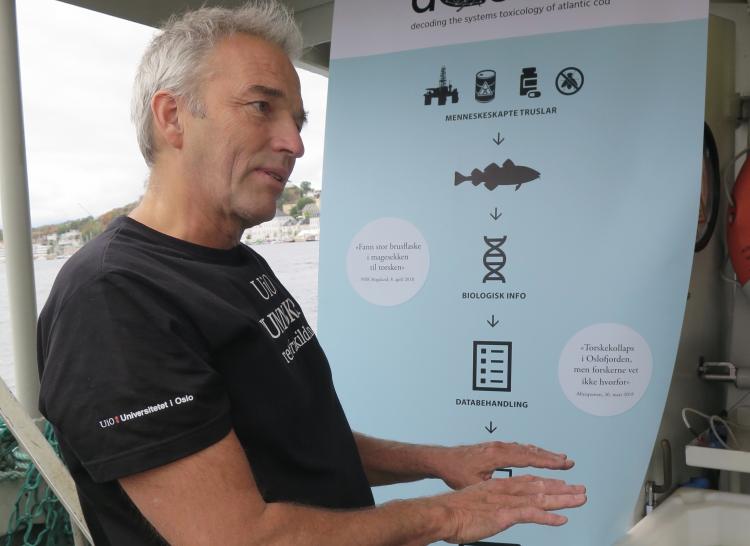
“Chlorpyrifos is a nerve poison that affects the transmission of signals between nerve cells. Previously, the common belief was that the substance disappeared quickly from the environment and affected people to a small extent, but gradually one has understood how harmful it is.”
Hylland has been working on pollutants and pollution in water for decades. He led the Environmental Toxication Committee, which produced a report to environmental minister Erik Solheim in 2010, and in the past year he has led experiments with chlorpyrifos on cod, a fish living in Norway’s salt water fjords.
“We wanted to see how the drug affects both general health and behavior. We saw that chlorpyrifos clearly affected the nervous system of the cod. So far, we have not seen a changed physical behavior in the fish, but it could be measured in the nerve pathways.”
“We know that the substance also affects people. One should keep in mind that it is not the only pesticide that is toxic to the nervous system and we are exposed to several of them simultaneously. So even though they each have low limits for what is allowed, one gets in itself a whole lot and the substances can have negative interaction effects. I think basically chlorpyrifos should be banned. The industry can protest as much as they want. But it is possible to grow more ecologically or find other solutions.”
Pingback: On your dinner plate and in your body: The most dangerous pesticide you’ve never heard of